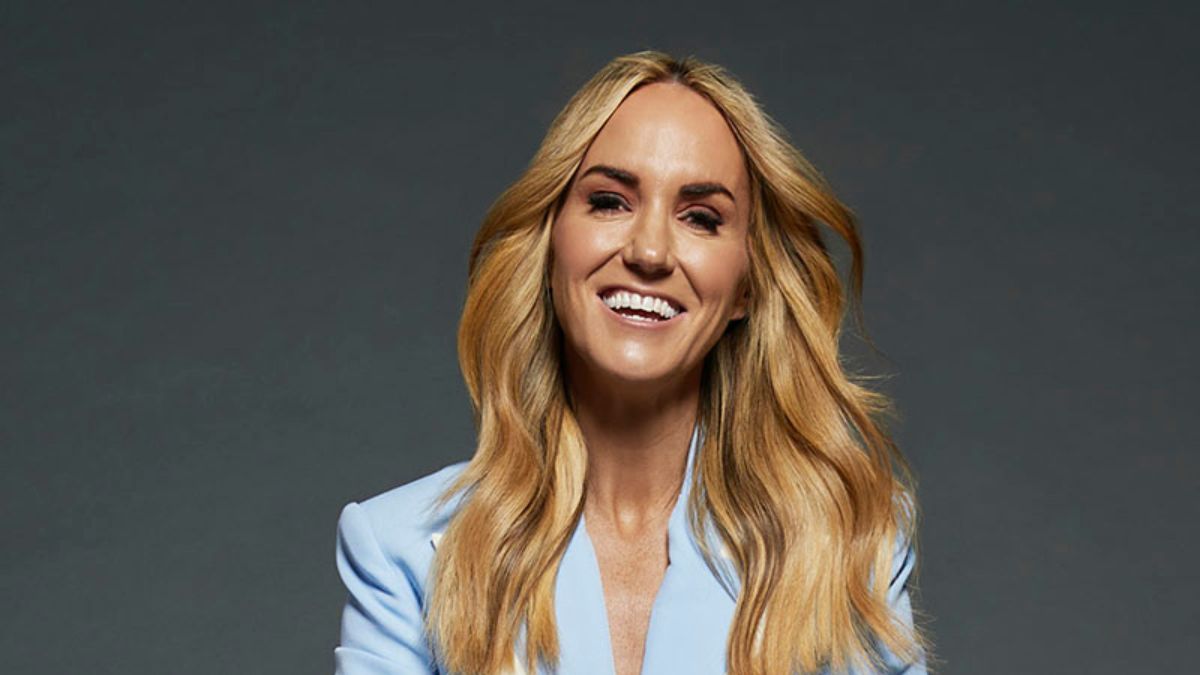How to Inspire Your Team and Unleash Your Business's True Potential
There's a comfortable, yet dangerous, place in the life of many businesses. It’s a plateau that feels like a peak. You've been in business for years, maybe even a decade. You have a solid reputation, a steady stream of clients, and a great team. You’ve built something good. You’ve succeeded.
But a quiet, persistent question keeps you up at night: "Is this it?"
You feel a pull towards something more, a bigger impact, a grander vision. But you feel stuck, constrained by the very success you have created. The systems that got you here feel too rigid to get you there. The team, while good, seems comfortable rather than hungry. You're the leader, but you feel like you're pushing a boulder uphill instead of conducting an orchestra.
This challenge—the leap from a good, stable business to a truly scalable, high-growth enterprise—is one of the most profound leadership tests a founder will ever face.
It was the very challenge at the heart of an incredible conversation I had on my podcast with Venkatesh. After nearly a decade in business, he has built something to be proud of. But he is a true entrepreneur, and for an entrepreneur, "good enough" is never enough. He wants to scale, and he wants to know how.
Our conversation was a deep, strategic dive into the very heart of what it takes to unlock that next level. I challenged him to identify the constraints holding him back. We debated the pros and cons of staying "boutique." And as a twist at the end, I asked him to do the one thing that every leader must do to inspire their team: to dream.
Today, inspired by Venkatesh's ambition, I want to give you my definitive guide to breaking through your growth plateau and inspiring your entire organization to reach for what’s possible.
The First Question - What's Really Holding You Back?
When a founder tells me they want to grow, my first question is never "What should you add?" It's always, "What do you need to remove?"
Growth is not always about adding more products, more people, or more marketing spend. Often, the fastest path to growth is identifying and removing the constraints—the invisible handbrakes—that are holding your business back. Before you can accelerate, you must release the brakes.
I asked Venkatesh to consider this, and I want you to consider it too. What are the real constraints on your business?
- Is it YOU? This is the most common constraint of all. Are you, the founder, still the bottleneck for every major decision? Are you still the business's best salesperson, best technician, and best customer service agent? If the business cannot function and grow without your personal, daily intervention, then you are the constraint.
- Is it your Systems? Do you have documented, repeatable processes for sales, marketing, and service delivery? Or does everything live in your head and the heads of your senior team? A lack of scalable systems means you cannot grow without creating chaos.
- Is it your Business Model? Are you stuck in a model that trades time for money, limiting your revenue to the number of hours in a day?
- Is it your Mindset? Are you holding on to a belief about your business—"we're just a small, local firm"—that is preventing you from seeing bigger opportunities?
This process of identifying constraints requires brutal honesty. It requires you to hold up a mirror and acknowledge that the very things that made you successful in the beginning might be the things holding you back now.
The "Boutique" Dilemma - A Badge of Honour or a Gilded Cage?
This was a key question for Venkatesh. Is being "boutique" a good thing? And how can a boutique business start to appeal to larger customers?
The word "boutique" is a double-edged sword. On one hand, it’s a wonderful badge of honour. It implies high-touch service, deep expertise, quality, and a personal touch. These are powerful differentiators that build immense loyalty with a certain type of client.
On the other hand, "boutique" can be a gilded cage. It often means the business is entirely dependent on the founder's personal brand and involvement. It signals to larger clients that you may not have the capacity, the systems, or the stability to handle their business.
The goal is not to abandon the qualities of being boutique. It is to systematize them and build a professional framework around them. You want to have the "best of both worlds": the service and expertise of a boutique firm, with the reliability and professionalism of a larger enterprise.
How to appeal to larger customers:
- Speak their language: Larger clients are not buying your service; they are buying a solution to a business problem and a reduction of their risk. Your marketing and sales language must shift from talking about your process to talking about their outcomes: ROI, efficiency gains, risk mitigation, and strategic advantage.
- Professionalize your presence: Your website, your proposals, and all your client-facing materials must look the part. Invest in professional design and copywriting.
- Showcase your proof: You need formal case studies that detail the problem, your solution, and the quantifiable results you achieved for other clients. Testimonials are good; data-backed case studies are what corporate buyers need to see to justify their decision internally.
You can still be a specialist, an expert, a "boutique" in your focus. But you must present your business as a professional, scalable, and reliable partner.
The Engine Room - How to Inspire Your Team to Drive the Growth
This is where true leadership comes in. You cannot scale a business by yourself. You need a team that is not just competent, but inspired. A team that cares about the company's success as much as you do. How do you create that?
1. You Must Share the Destination:
This is the most critical step. Your team cannot be inspired by a journey if they do not know where they are going. This is why I asked Venkatesh to dream. A leader must paint a vivid, compelling picture of the future. "In five years, our business will look like this... We will be known for X... We will have achieved Y... And this is the impact we will have made on our clients and our industry." This vision becomes the North Star that guides everyone's work. It gives meaning to the daily tasks.
2. You Must Give Them a Map and a Compass:
A vision alone is not enough. You must translate that vision into a clear strategic plan. What are our key priorities for this year? For this quarter? And most importantly, how does each person's individual role contribute to achieving those priorities? When a team member understands how their work directly impacts the company's big goals, their engagement skyrockets. They are no longer just doing a job; they are on a mission.
3. You Must Let Them Drive:
Once you've shared the destination and given them a map, you have to get out of the driver's seat. You must empower your team with ownership and autonomy. Delegate outcomes, not just tasks. Give them challenging problems to solve and the freedom to find their own solutions. A team that feels trusted and empowered is a team that will take initiative, innovate, and drive the business forward with an energy you could never create on your own.
The Twist at the End - Do You Dare to Dream?
As our conversation drew to a close, I asked Venkatesh to dream. I asked him to forget the current constraints and to describe what his business would look like in five years' time if anything were possible.
This was not a throwaway question. It is, in my opinion, one of the most powerful strategic exercises a leader can do.
- It breaks you out of incremental thinking. It forces you to lift your head up from the day-to-day weeds and see the horizon.
- It creates energy and excitement. A bold, ambitious vision is magnetic. It's what attracts A-player talent and what inspires a team to do their best work.
- It clarifies your immediate priorities. Once you have a clear picture of your five-year destination, you can work backwards. To be there in five years, what must we achieve in the next twelve months? This simple question cuts through all the noise and makes it crystal clear what you need to be working on right now.
Do you dream about what is possible for your business? Or are you trapped by the limitations of what is probable? A great leader's primary job is to hold a vision for a future that is bigger than their company's present.
A Story of Ambition and Potential
Venkatesh's story is one that will resonate with so many successful founders. He has built a great business, and now he has the courage to ask how to build a legendary one. Our full conversation on the podcast is a real-time workshop on making that leap. It is for any business owner who feels that pull towards something more and is ready to do the work to get there.
Your Vision is Your Fuel
The journey from a stable, successful business to a high-growth, scalable enterprise is one of the most challenging transformations in a founder's life. It demands a new level of leadership.
It requires the honesty to identify what's holding you back, the strategic clarity to professionalize your "boutique" strengths, and the courage to paint a vision so compelling that it inspires your entire team to join you on the adventure.
Don't let your current success be the anchor that keeps you in the harbour. Dare to dream about the open ocean. Your vision is the wind that will fill your sails.
What is your five-year dream for your business?






